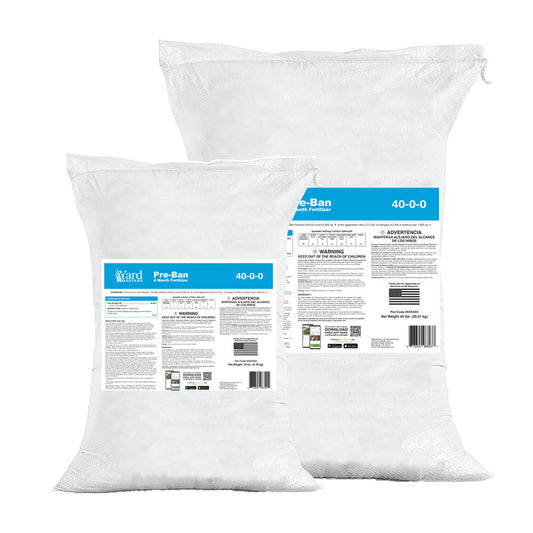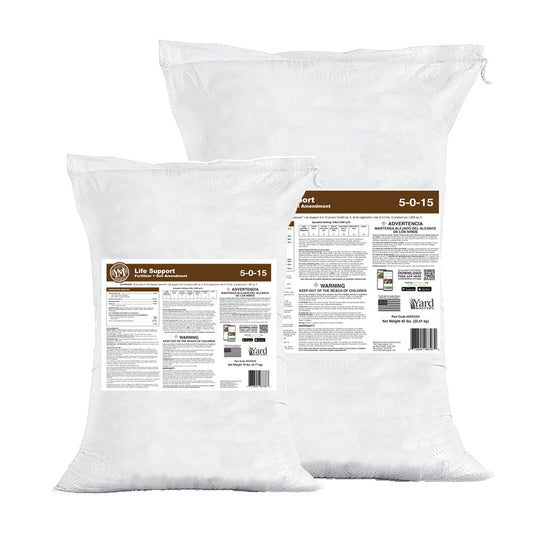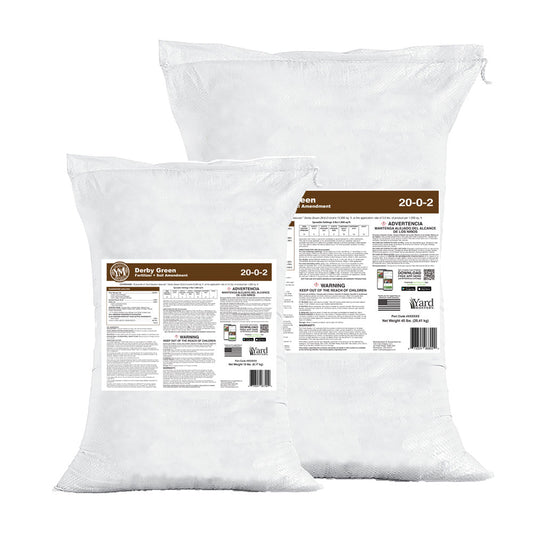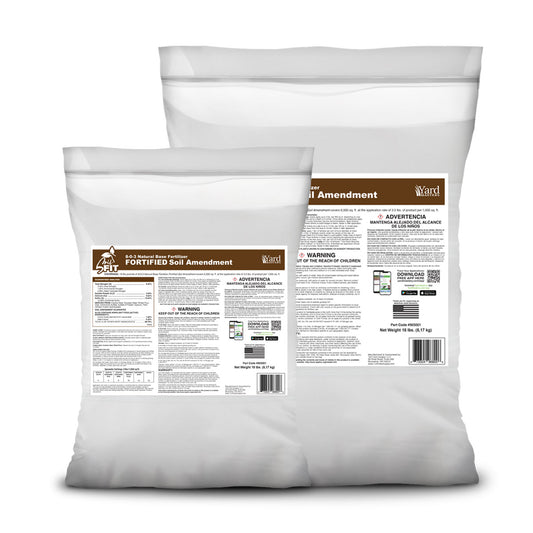Last week I put out a video talking about spring lawn tips for bermuda, zoysia, St Augustine, centipede and bahia grasses. These were aimed at those of you who have lived through a fairly normal winter.
But my friends in Texas, you had a massively abnormal spring - you got frozen in for 10 days back in the middle of FEB and the lawns are still suffering for it almost a month later. So I wanted to provide some specific tips for you to help things recover.
First off, watch the video I made for you on "Texas freeze lawn recovery."
The following are some additional details that expand on what I talked about in that video.
Mowing Is The Most Important
For sure, the first thing you should do is mow. Go ahead and drop that height down a notch or two. Bag the clippings and discard them. Mowing stimulates growth and will also reveal some of the green that is hiding below - that green needs sunlight! Here you can see David Mr Lush Lawn dropping his down 3 notches. You can do that too - just don't cut down into the meat of the stolons.
Also, this is where some raking can come in handy. I talked a TON about the cool season guys last week and how they should be raking, and normally, for warm season turf, we don't really need to rake. If you have Bermuda or Zoysia you can just scalp (watch this video) and if you have St Augustine, the stolons will just catch on the rake tines and annoy you big time. But this is different...
St Augustine: go ahead and do some raking after you cut. You will notice as you watch your lawn recovering that some areas will not be greening up as fast as the rest. These are the areas you want to rake and create some space for heat to get down in there. Don't go in hard, just a light touch to break loose anything that is completely dead. You can mow again after you rake if you want (I would).
Zoysia and Bermuda: I had recommended you not scalp due to the freeze - it may have severely stunted your turf. So here you can also rake - same thing - areas that are just not greening up, rake those ongoing. You guys can also cut a notch or two lower to stimulate growth.
Pre-Emergents
Go ahead and hold off until the lawn is actively growing before applying anymore pre-emergents. Normally they don't do any visible harm to the lawn - they may slightly stunt rooting but it's not noticeable and that slight stunting is acceptable knowing you are stopping competition with weeds. But in this case, we want to give our lawn every chance of moving ahead so wait until you are sure the lawn is actively growing again before applying pre-emergent - even if soil temps are over 55 or 65, just wait until you are mowing every week again or more.
For sure, be pumping in the RGS or the SeaK. RGS at 3oz/1,000 every 2 weeks or SeaK monthly at 1/2 oz/1,000. Water them in.
Here is a lawn in Channelview, TX that was hit with RGS and Humic 12 before and after:

If you want to go deeper, here is a full podcast from a couple weeks ago that the turf agronomists from Texas A&M did.
Watering and Fertilization
It's important to feed the turf so that it has the support it needs in recovery. Think about when you are coming off of some sort of stress to your body, what do you need?
For sure you need water. It's the basis of life. So be sure you ware irrigating your turf with at least 1/2" of water every couple days or so.
On top of that, you need nutrients to help in recovery. This is where the Starter Fertilizer plays an important role. It has a small amount of N, P and K. Potassium (K) being the most important here and in our blend is it sulfate of potash which has a low salt index. Apply this now, water it in and again in 2 weeks.
From there, you want to hope for the best. If you have areas that don't recover, just get some grass plugs and let them help things take over. Our grasses spread with stolons (St Augustine) and both rhizomes and stolons (Bermuda, Zoysia) and they will heal up as the year goes on if you are patient.
in the biggest areas you can do some surgery with sod or plugs and let the rest sort itself out. Stay the course, keep mowing, keep watering, keep fertilizing, hope for the best!






